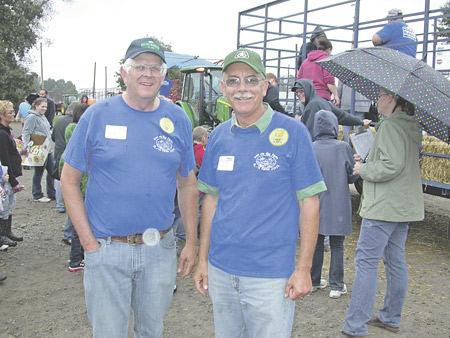Weeding out unknowns

One of the five labs that I work with provides small plastic-lined paper bags for their customers to put their soil samples in. The person submitting the soil for analysis fills out the field’s and farm’s specifics on one side of the bag.
(more…)







